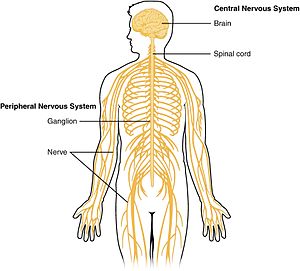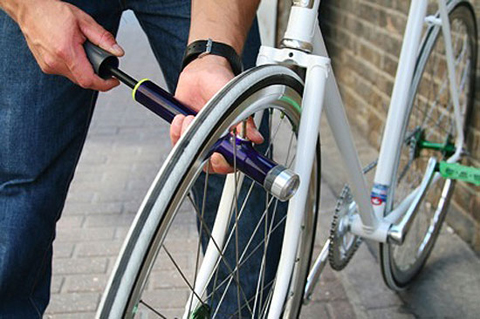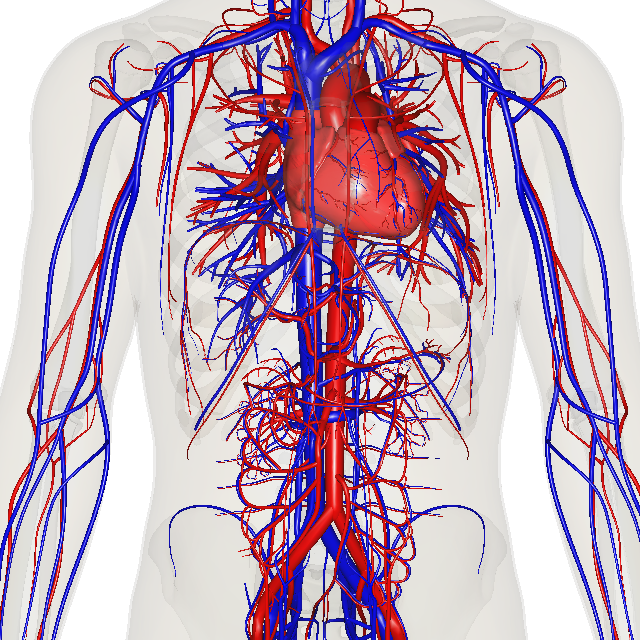The Muscular System
Function:
The Muscular System allows you to move your body parts and do actions such as jumping, grabbing, and other things. This system works with the Nervous and Skeletal System
Organs:
The organs that make up the Muscular System is the
cardiac muscle which is found in your heart (never tires),
smooth muscles which are found in your intestines, and voluntary and involuntary muscles.
Voluntary muscles are muscles you can move- for example, you can move your hands, so the muscle in the hands are voluntary.
Involuntary muscles are muscles that do actions you cannot control. These muscles control your internal organs.
Interactions w/ Other Systems:
The Muscular System works with the Nervous system. This is because to move, the Nervous system tells the Muscular System when to move. The Muscular System also works with the Skeletal System. The bones in your body provide structure for muscles. With the Muscular System, many organs move. The cardiovascular muscle pumps the heart and the smooth muscle helps the small intestine digest food.
Analogy:
Explanation:
The reason why I chose a car motor for my analogy picture is because the function of the Muscular System is to help the body move. The motor for a car has the same function. The motor of a car uses energy to work the pistons of a car and make the car move. The Muscular System is similar because the Nervous System tells the muscles when to move.
Structure and Function:
The muscle that I chose for this section is the rectus abdominis. The function of the rectus abdominis is to move the body forwards or sideways. This muscle is located in your middle abdomen and they are 2 x 6 bumps on your abdomen. I think that the shape of the rectus abdominis helps the body move forward and sideways because I think that the bumps of the rectus abdominis kind of fold inward to help the body move forward and move towards the side when moving sideways.
Resources:
BBC - GCSE Bitesize: Muscle Types. BBC, n.d. Web. 21 Oct. 2016. <http://www.bbc.co.uk/schools/gcsebitesize/pe/appliedanatomy/3_anatomy_muscles_rev1.shtml>.
Studios, Andrew Rader. "Muscular System - Meat on the Bones."Biology4Kids.com: Animal Systems: Muscular System. Biology4Kids, n.d. Web. 21 Oct. 2016. <http://www.biology4kids.com/files/systems_muscular.html>.











